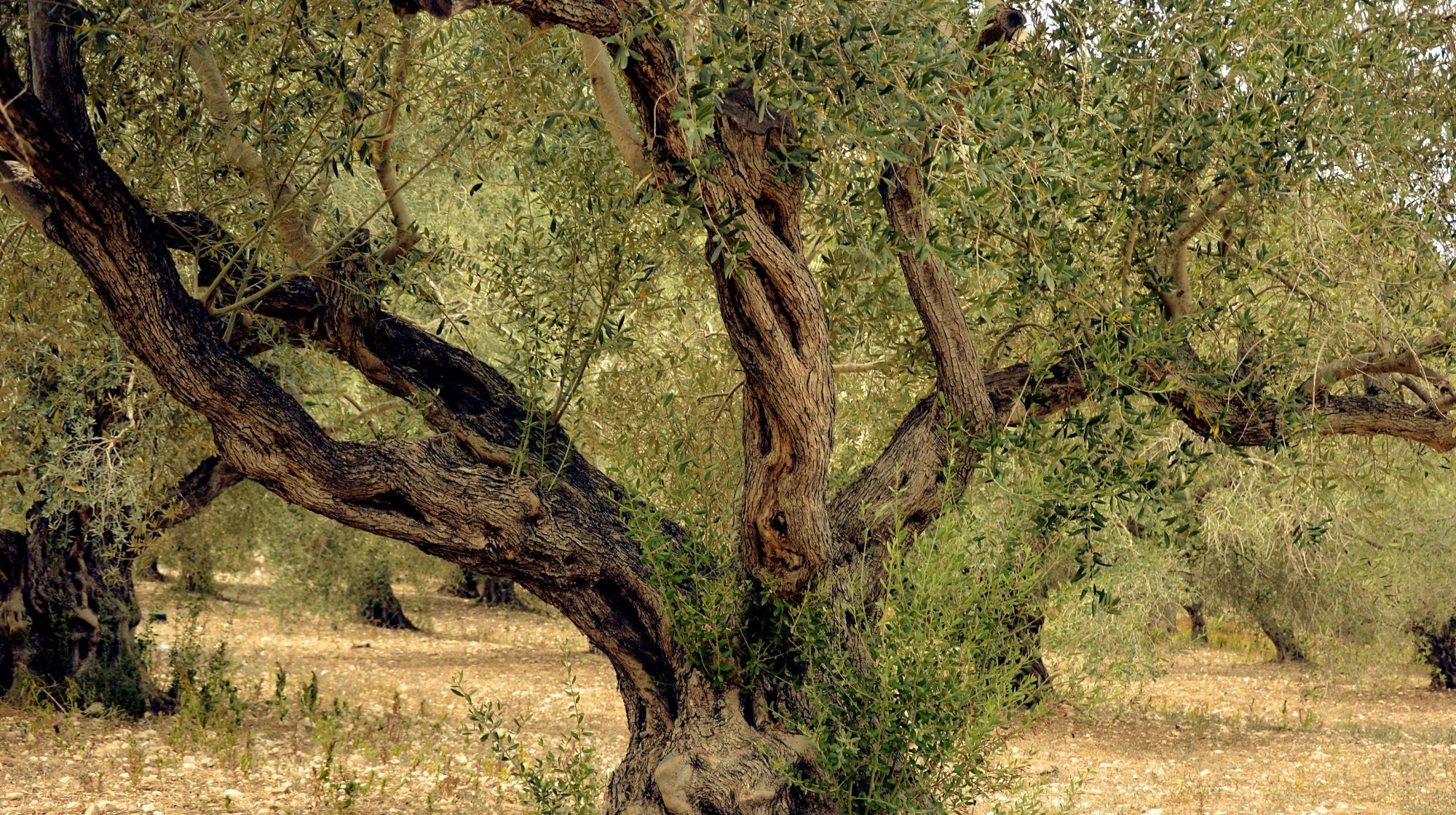What Is Cold Pressing? The Key to a Top-Quality EVOO Main KW: cold pressing olive oil

Among the many terms we hear in the world of olive oil, few spark as much curiosity and confusion as the famous “cold pressing.”
For food lovers, chefs, gourmet distributors, or conscious consumers, understanding this concept is not only important—it’s essential for making informed decisions.
Today, the most accurate technical expression is “cold extraction,” as technology has advanced beyond traditional pressing methods. However, the principle remains the same: to preserve the best of the fruit, respecting its integrity and organoleptic properties.
Why does this matter to you?
Because if you're looking for an Extra Virgin Olive Oil (EVOO) that truly retains all its benefits—from flavor to natural antioxidants—you need to understand what this process involves and how to recognize a truly high-quality oil.
A Bit of History: From Esparto Mats to the Modern Centrifuge
For centuries, oil was extracted using capachos (woven esparto mats), where ground olives were layered and slowly pressed. While romantic and rich in tradition, this method had significant limitations: impurities, risk of oxidation, and low efficiency in preserving aromas and nutrients.
The revolution came with the modern oil mill: stainless steel systems, absolute cleanliness, and strict temperature control. Instead of pressure, a continuous mechanical process of kneading and centrifugation is used—much more hygienic, precise, and efficient. This produces pure oil, without the need for chemical refining, preserving the virgin essence of the fruit.
The Cold Extraction Process, Step by Step
Producing a top-quality EVOO, like those made by Verde Esmeralda Olive, is no accident. It’s the result of a meticulous protocol that begins well before harvest, with its most critical phase during extraction.
1. Night Harvesting
As explained by Verde Esmeralda, olives are harvested at night, when temperatures stay below 20°C, avoiding thermal damage to the fruit.
2. Washing and Grinding
The olives are washed with potable water and ground into a uniform paste. No hot water or thermal processes are used.
3. Controlled Kneading
The paste is slowly mixed to release the oil. Here, temperature is precisely controlled, never exceeding 27°C. This limit is established by law to officially qualify as “cold extraction.”
4. Centrifugation
Instead of pressing, a high-speed centrifuge is used to separate the oil from water and solids. The result is a golden, aromatic, vibrant liquid—the true juice of the olive.
Why Is Low Temperature So Crucial? The Hidden Benefits
You might think 27°C is just a low number, but behind it lies powerful scientific reasoning. Extracting oil below this threshold brings three key benefits:

1. Preserves Aromas and Volatile Flavors
Many compounds responsible for EVOO’s fruity flavor, balanced bitterness, and signature spiciness are volatile—they evaporate with heat. Avoiding high temperatures keeps these aromas intact.
2. Maintains Polyphenols and Antioxidants
Polyphenols like oleocanthal and oleuropein are natural antioxidants with anti-inflammatory, anti-cancer, and heart-protective effects. Cold pressing ensures optimal levels of these compounds.
3. Preserves Vitamins, Especially Vitamin E
Vitamin E, known as the “skin vitamin,” is fat-soluble and heat-sensitive. A cold-extracted EVOO preserves it in its most bioavailable form, turning each spoonful into a dose of preventive wellness.
How to Identify a Truly Cold-Extracted EVOO
In today’s label-saturated market, it’s vital to recognize genuinely premium oil. Here are some key tips:
✔ Legal Labeling
Look for terms like “cold extraction” or “obtained at a temperature below 27°C.” This is a legally regulated guarantee, not just a marketing claim.
✔ Price and Origin
Authentic, early-harvest EVOOs like those from Verde Esmeralda are priced higher. Why? Because they require more olives per liter and much more careful processing. Excellence isn’t improvised.
✔ Taste and Aroma
Cold-pressed oil has an intense fruity flavor, with notes of green almond, tomato, and freshly cut grass. Balanced bitterness and spiciness are signs of rich antioxidants.
✔ Texture and Color
While color alone isn’t a quality indicator, a good EVOO often has emerald green or golden tones. Its texture is dense, elegant—almost creamy.
Your Conscious Choice in Supermarkets and Online Stores
Every time you choose cold-pressed EVOO, you’re embracing a healthy, conscious, deeply Mediterranean lifestyle. You’re saying yes to authentic flavor, yes to tradition, yes to your well-being.
At Verde Esmeralda Olive, we take pride in ensuring all our oils are made using this method—from night harvesting to precise centrifugation. It’s not just a technique; it’s a commitment to supreme quality.
If you're looking for an oil that not only enriches your dishes but also your health and palate, discover our gourmet varieties at www.verdesmeraldaolive.us and experience an extraordinary EVOO.



